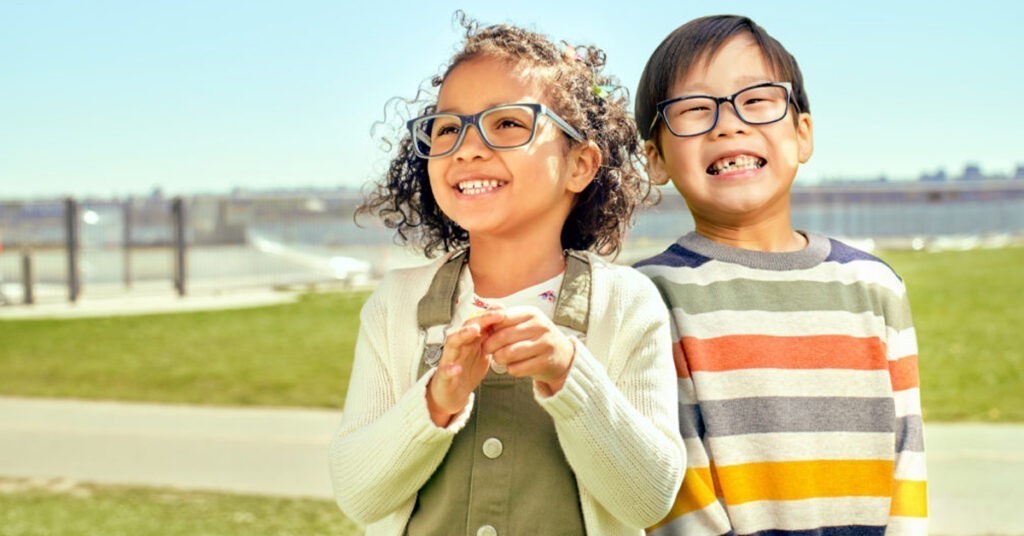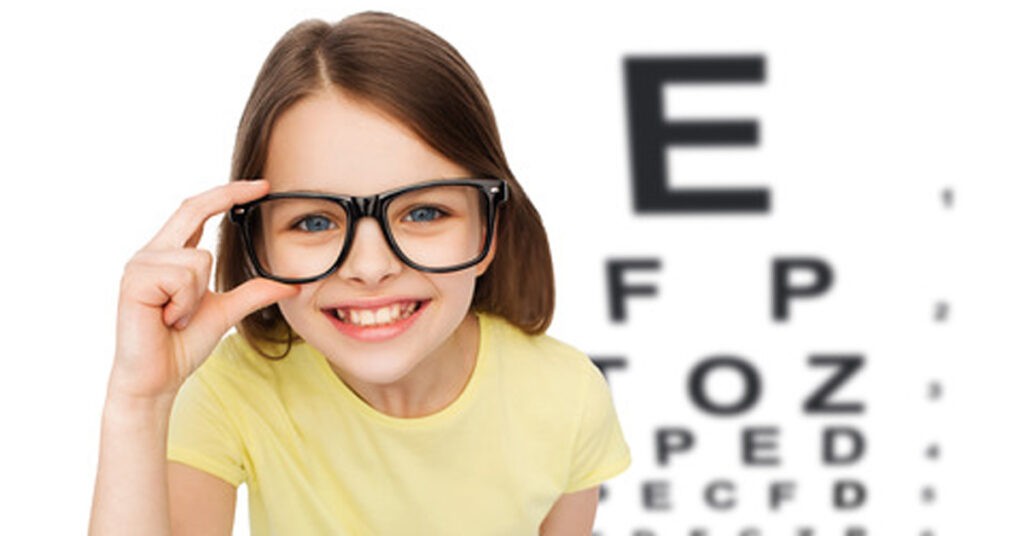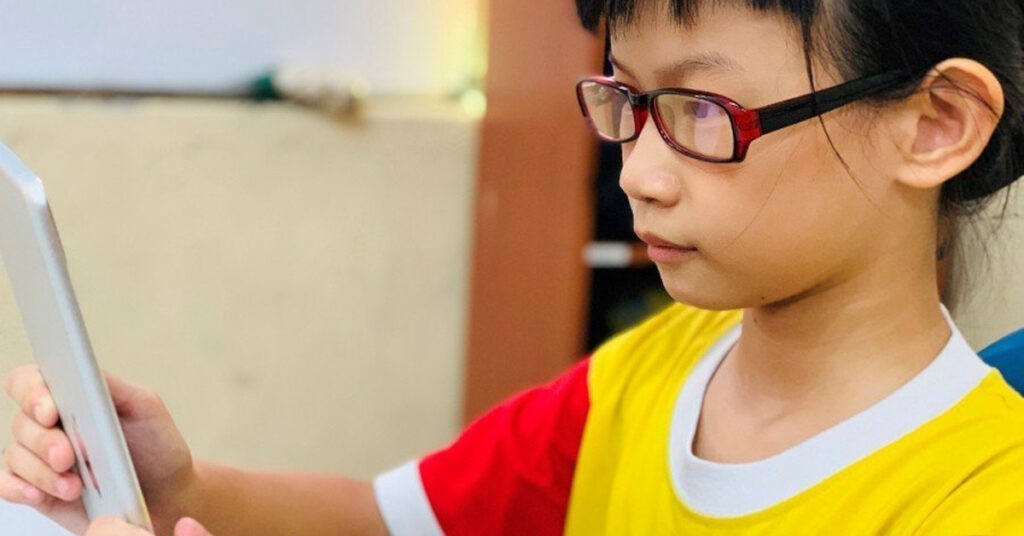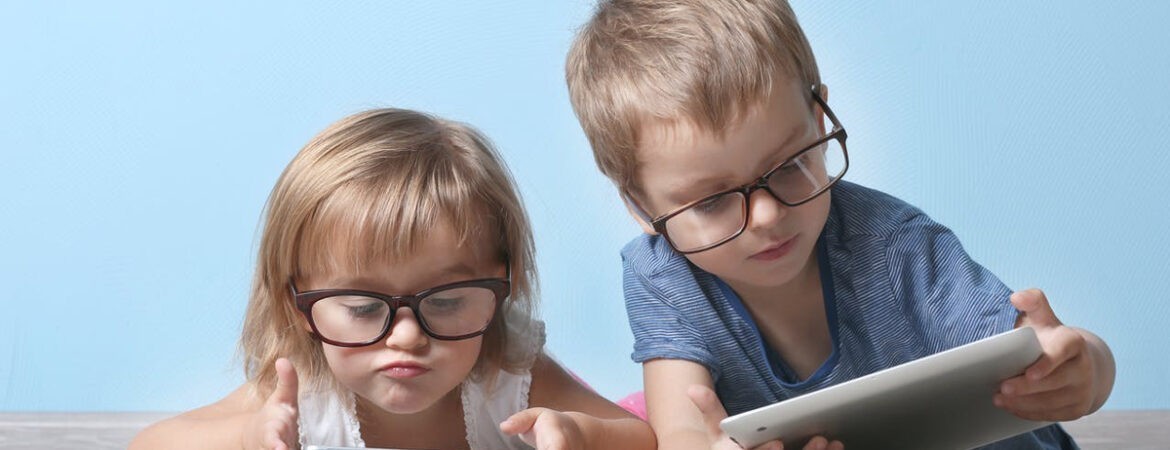Myopia (otherwise called astigmatism) is one of the greatest eye wellbeing worries on the planet. The quantity of individuals who are nearsighted is expanding at an uncommon rate – it’s assessed that 5 billion individuals, which is half of the total populace, will be nearsighted by 2050.
However, nearsightedness isn’t simply an issue for the grown-up populace: right around 1/3 of instances of nearsightedness in youngsters go uncorrected and undiscovered.
Consistently, it influences more youngsters at a previous age and upsets their capacity to learn, create, and feel positive about their general surroundings.
Standard eye tests are vital to recognizing and tending to nearsightedness, in the two children and grown-ups. Here, we clarify the effect of nearsightedness on kids and how you might help the children in your day to day existence and local area to see their maximum capacity.
What is Myopia?
Myopia is the most well-known kind of refractive blunder. Regularly alluded to as partial blindness or foolishness, it impacts distance vision – individuals with nearsightedness can see close items plainly, yet protests further away seem foggy.
Nearsightedness happens when the eye is excessively lengthy, or part of the eye (your cornea or focal point) is excessively lengthy or bended. This disturbs the retina’s capacity to shine light and makes far off objects look obscured.
What causes Myopia?
The reason for nearsightedness differs, however it’s not unexpected a blend of hereditary and way of life factors.
Individuals whose guardians are nearsighted are bound to be astigmatic. Yet, a portion of our advanced way of life changes probably add to rising degrees of nearsightedness.
As the Canadian Association of Optometrists (CAO) reports, a few investigations contend that nearby work, for example, going through extended periods perusing or before a screen, can expand the gamble of creating nearsightedness.
There is some proof that a reduction in time spent outside can likewise add to nearsightedness in kids and grown-ups.

Myopia in youngsters
Nearsightedness is by and large recognized in youth and speeds up all through adolescence and past, with an emotional increment from grade 1 to grade 8, as per the CAO.
Over the most recent 20 years, the quantity of kids with nearsightedness has developed essentially and is set to keep on rising. Patterns are additionally showing prior frequency of nearsightedness in kids.
The most calming detail, in any case, that right around 1/3 of youngsters with nearsightedness don’t know about why they’re battling to see or how to fix it. The more youthful a youngster becomes nearsighted, the quicker it can advance – and that implies undiscovered instances of nearsightedness can have extreme results on a kid’s future.

How does nearsightedness influence youngsters?
Nearsightedness can affect youngsters’ actual wellbeing, personal satisfaction, and opportunity. After some time, it can build the gamble of sight-compromising eye issues, including vision hindrance and visual impairment.
Concentrates on show that any degree of nearsightedness expands the gamble of creating visual circumstances, like glaucoma, waterfalls, retinal separation, and macular degeneration – the gamble increments essentially once arriving at high nearsightedness.
It can likewise cause significant damage upon a kid’s chances, as it influences their capacity to participate in their general surroundings. 80% of learning is visual, and uncorrected nearsightedness can be a tremendous obstruction to youngsters’ schooling, which has a thump on impact on their certainty and confidence.

Forestalling and treating nearsightedness
Standard child’s eye tests
Early location and the board can dial back movement of nearsightedness in kids. Ordinary, far reaching eye tests are crucial in deferring its beginning to assist with lessening the dangers of genuine eye conditions further down the road.
Fundamental youngsters’ wellbeing check-ups and eye screenings in school do exclude the definite and explicit examination that is important for a complete eye test.
Children ought to have an eye test one time each year (and grown-ups should each 1-2 years!).
Indications of nearsightedness in kids
Guardians and instructors ought to likewise pay special attention to indications of vison issues in youngsters, which include:
Grumblings of cerebral pains
Failure to concentrate
Squinting or to some extent shutting the eyelids to see plainly
Trouble seeing far away items (like the whiteboard at the front of the study hall)
Sitting nearer to the TV or front of the study hall
Regardless of whether you notice any of these signs, it’s as yet critical to plan yearly extensive eye tests for youngsters.
Sound way of life propensities
A few investigations recommend that additional time outside can likewise decrease the predominance of nearsightedness in youngsters. The Canadian Association of Optometrists suggests that kids ought to spend somewhere around 90 minutes outside consistently.
Guardians and educators ought to likewise urge children to take normal vision breaks during perusing and screen time.
The ascent of nearsightedness in kids is an issue that impacts we all – and we can all assist with guaranteeing that kids can learn, play, and face a daily reality such that they can see unquestionably and obviously. Get your children eyes checked, advise your loved ones to book yearly eye tests, and spread the news regarding the significance of ordinary eye tests.

